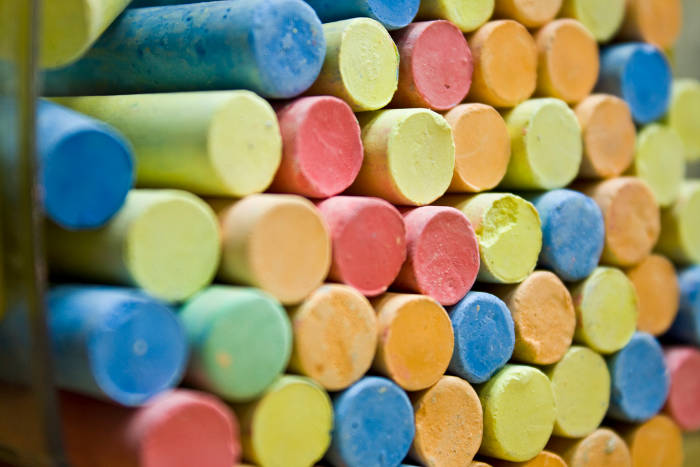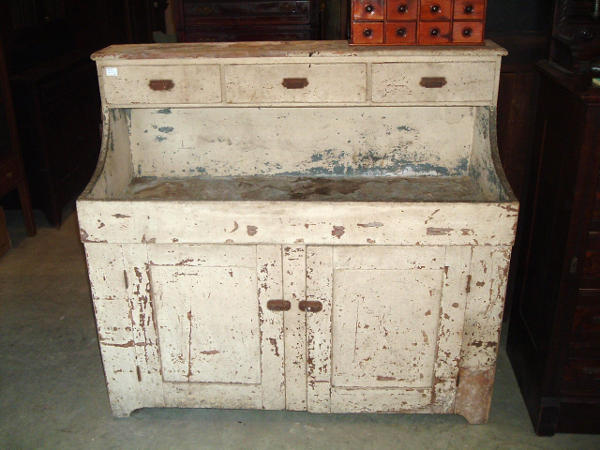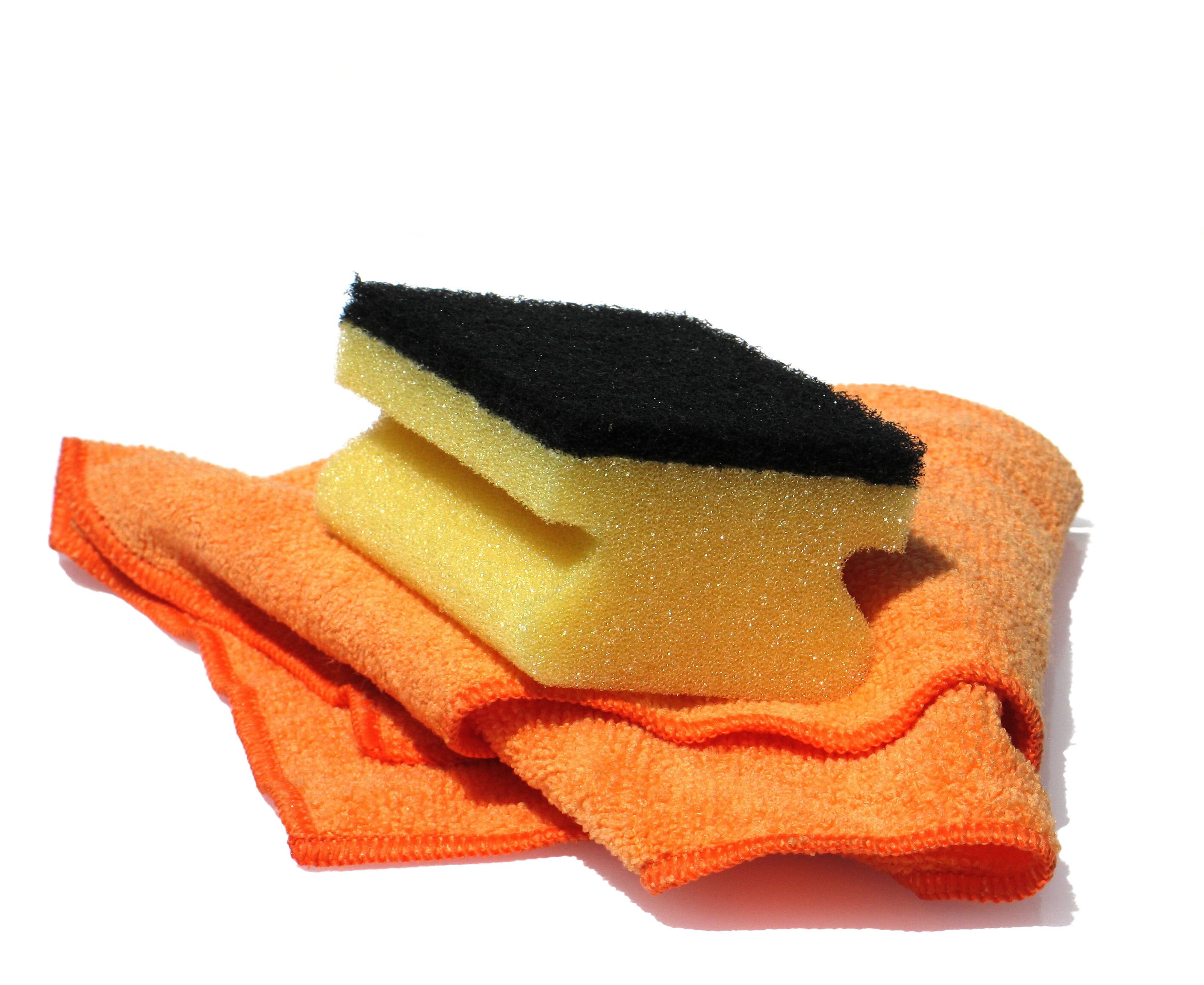Chalk paint has recently become very popular in the U.S. It gives a chalk matte look with more depth than ordinary white paint. It usually comes in white but you can add any color tint to make soft shades of different colors. This kind of paint works best on soft and porous woods such as ash or pine, and is an excellent choice for detailed furniture. It is a wonderful background for detailed paint and it can even be sanded, built up, or carved to give details or a distressed look.
What is nice about chalk paint is that the furniture doesn’t need to be primed or sanded before painting. You can apply the paint right after dusting the surface. Its thickness is also a plus since a small amount can go a long way. It also dries quickly to a chalky finish.
There are many chalk paint furniture ideas available on the web if you want to give your furniture a new look. However, chalk paint for furniture may be quite expensive. Fortunately, you can make your own without having to spend too much.
Homemade Chalk Paint
There are many different recipes for your own furniture chalk paint. Here are a few:
PVA glue and whiting chalk
- Soak a mixture of 10 parts water and 1 part PVA glue in a bowl anywhere for about half an hour to overnight.
- Position the bowl above a saucepan of boiling water but make sure it doesn’t touch the water. Stir until the granules are dissolved.
- Add small portions of whiting glue to the solution while gently stirring it. Keep adding until it has the texture of thick cream.
- To make sure there are no lumps in your solution, pour the chalk paint through a strainer before using it.
- If you want your chalk paint to have color, mix some dry pigment with dry whiting chalk by whisking them in a bowl or shaking them in a jar.
Other than this solution being effective and durable, whiting chalk will give the same look as commercial chalk paint. However, this solution has different qualities than commercial chalk paints. This may be hard to find locally but you can get it online at around $3 per pound.
Latex paint, spackle/grout, and glaze/varnish
- Combine ¾ cup of any color of flat latex paint with two tablespoons of powdered grout or pre-mixed spackle. For a thicker solution, add more grout or spackle.
- Mix until it has the consistency of cake batter.
- Add a tablespoon of satin varnish or clear glaze and mix it up well.
This solution gives a finish that is similar or even better than the commercial chalk paints for a way lower price. Grout is available in different colors so you don’t have to mix any colored paint in the solution.
Latex paint and plaster of Paris
Simply combine the latex paint and the plaster until you are satisfied with its color. If the solution gets too thick, simply add some water. Plaster of Paris can be bought for about $5.
Latex paint and calcium carbonate
Like latex paint and plaster of Paris, simply mix the two ingredients together until you are satisfied with the color and add water if the solution is too thick. Calcium carbonate is actually the same as chalk so this solution will give your furniture a very chalk-like appearance. It can be bought online or in any health food place at $4 per 12 ounces. Make sure to buy the powder form and not tablets so that you can create the mixture easily.
When working with any of these solutions, keep in mind that you don’t really need exact measurements. Don’t be afraid to experiment so that you can come up with the exact shade you want. If you want your furniture to look chalkier, just add more powder. It is also possible to add some acrylic paint to any of the solutions if you want to customize the color of the paint.
Chalk paint is a popular finish used to give furniture an antique look. However, because it is quite expensive, many people have come up with different do-it-yourself recipes for it. Each of the aforementioned recipes are effective and affordable but according to reviews, working with grout is your best bet.



Hi, my name is Peta & I live on the Gold Coast, Queensland. I am a bit confused. Some would say that’s not unusual. In PVA glue & whiting solution In 1. it says to soak a mixture of 10 parts water, 1 part PVA glue. Where’s the whiting & in what quantity. The next section 2. talks about placing the bowl over hot water & stirring the solution until there are no granules. It seems the whiting was supposed to be in the soaking solution. Can you help me please. What quantity of whiting is required.